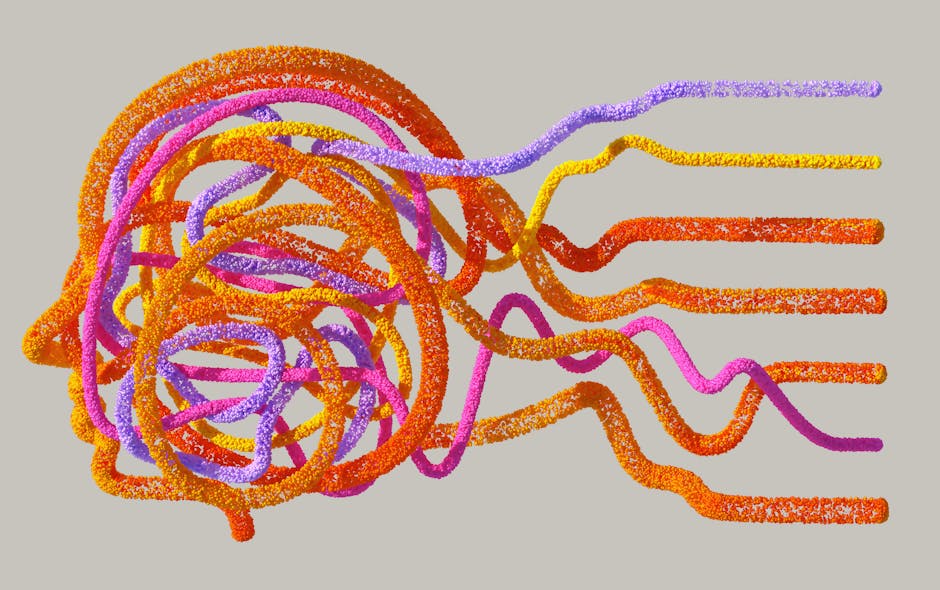No products in the cart.
The Rise of AI in Agriculture: Shaping the Future of Agri-Careers
AI is revolutionizing agriculture, creating new career opportunities in agri-tech. Explore the future of smart farming.
As dawn breaks over the expansive fields of the Midwest, a new breed of farmer emerges—not one wielding a plow, but rather a laptop. This is the reality of smart farming, where artificial intelligence (AI) is not just a tool, but a transformative force, reshaping the landscape of agriculture and the careers that thrive within it.
The integration of AI in agriculture is not merely a trend; it’s a revolution. From crop monitoring to yield prediction and precision farming, AI applications are enabling farmers to make data-driven decisions that were once the realm of science fiction. Imagine drones soaring overhead, capturing real-time data on crop health, or sensors embedded in the soil, transmitting vital information about moisture levels and nutrient content. This is the new frontier of agri-tech, where technology meets tradition.

According to a recent report by the Food and Agriculture Organization, the global agriculture sector is projected to grow significantly, driven by technological advancements and a rising demand for food security. However, this growth comes with a caveat: the need for skilled professionals who can navigate this new digital landscape.
So, what does this mean for aspiring professionals? The opportunities are as vast as the fields themselves. From data analysts who interpret the wealth of information generated by smart farming technologies to agricultural engineers who design and improve these systems, the career paths in agri-tech are diverse.
 Career Development
Career DevelopmentRadisson Hotel Group’s Career Fest 2025: Expanding Opportunities
Radisson Hotel Group is set to expand its Career Fest 2025, aiming to engage a broader audience and foster talent…
Read More →From data analysts who interpret the wealth of information generated by smart farming technologies to agricultural engineers who design and improve these systems, the career paths in agri-tech are diverse.
Context: The Role of AI in Modern Agriculture
AI applications in agriculture are varied and impactful. Crop monitoring, for instance, utilizes drones equipped with advanced imaging technology. These drones can identify areas of stress in crops long before the naked eye might catch them, allowing farmers to address issues proactively rather than reactively. This kind of precision farming not only increases yields but also minimizes waste—an essential aspect in a world facing food shortages.
Yield prediction models powered by AI analyze countless variables, such as weather patterns, soil health, and historical crop data, to forecast production accurately. This predictive capability allows farmers to plan better and invest wisely. Imagine knowing exactly how much corn your field will yield before the harvest season begins. This is the power that AI brings to the table.
But it’s not just about enhancing productivity. The mental health of farmers—a population often overlooked—is benefiting, too. The anxiety of uncertain yields and fluctuating markets can weigh heavily on producers. With AI providing reliable data and forecasts, farmers can make informed decisions, reducing stress and improving their overall well-being.
Analysis: Perspectives and Counterpoints
Despite the promising outlook, the integration of AI in agriculture is not without its challenges. Critics argue that the high costs of implementing such technologies can be prohibitive, especially for smallholder farmers in developing nations. Moreover, there’s an ongoing debate about the potential for job displacement as machines take over tasks traditionally performed by humans.
 AI
AIRevolutionizing Dermatology: The Role of AI in Skin Imaging
AI technology is reshaping dermatology, enhancing career paths and improving patient care. Explore the future of skin imaging in this…
Read More →However, proponents of AI in agriculture contend that rather than eliminating jobs, these technologies will create new roles and opportunities. For instance, the rise of data scientists and AI specialists in the agricultural sector exemplifies the shift towards a more technology-savvy workforce. As the demand for tech-driven solutions increases, so too does the need for professionals who can bridge the gap between agriculture and technology.
Furthermore, educational institutions are beginning to adapt their curricula to meet this demand. Universities and colleges are offering programs focusing on agri-tech, combining agricultural science with computer technology and data analytics. This evolution is critical for preparing the next generation of farmers and agricultural professionals.
As the demand for tech-driven solutions increases, so too does the need for professionals who can bridge the gap between agriculture and technology.
Looking Ahead: The Future of Agri-Careers
As we gaze into the future, the landscape of agri-careers appears ripe for transformation. The United Nations has projected that the world’s population will reach nearly 10 billion by 2050, intensifying the need for innovative agricultural solutions. This urgency opens doors for young professionals eager to make their mark in a sector that is both essential and evolving.
Moreover, as sustainable practices become increasingly important, careers focused on environmental stewardship within agriculture are gaining traction. Roles that emphasize sustainability, such as environmental consultants and sustainable agriculture specialists, are likely to see significant growth.
 Art
ArtThe Journey of an Artist
Career Ahead One memory from my childhood that stands out clearly above all else, is of me sitting at the…
Read More →In conclusion, the marriage of AI and agriculture is not just a technological advancement; it’s a pathway to a plethora of career opportunities that promise to redefine the future of work in this vital sector. For those ready to embrace this change, the fields are not just fertile with crops—they are bursting with potential.











